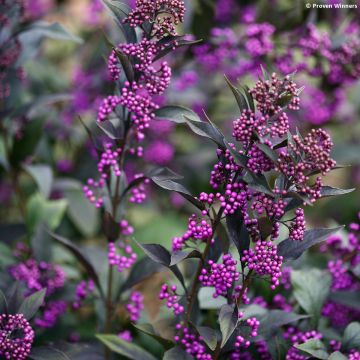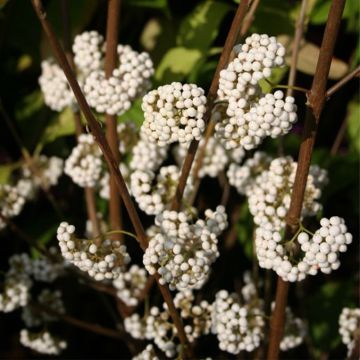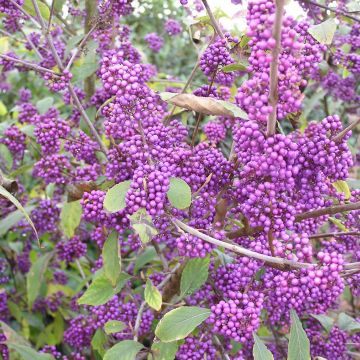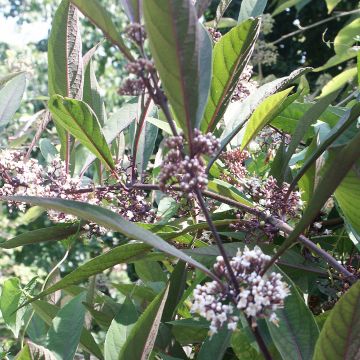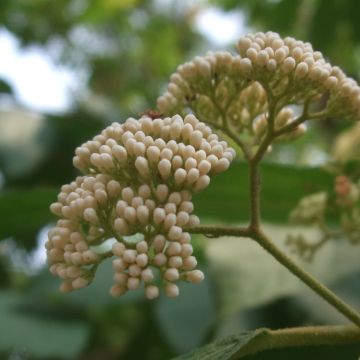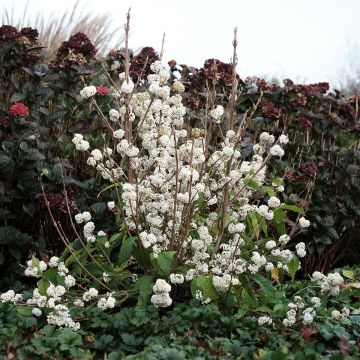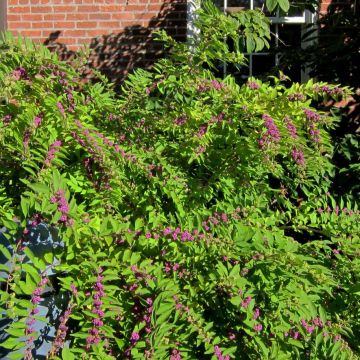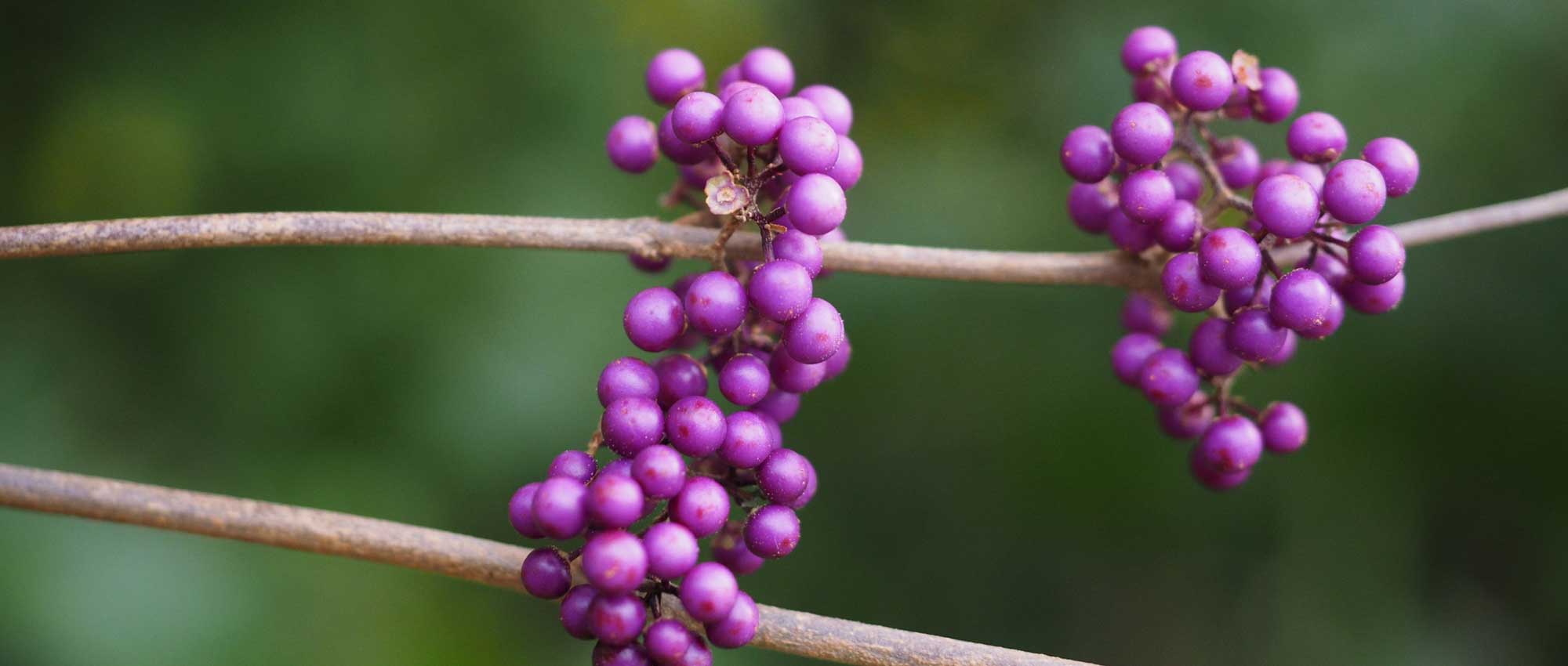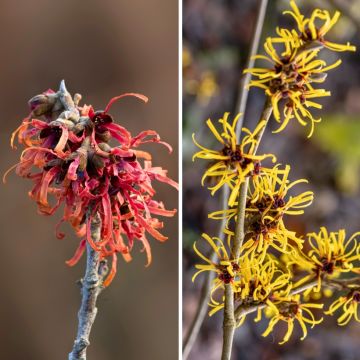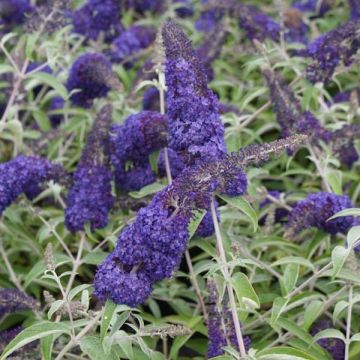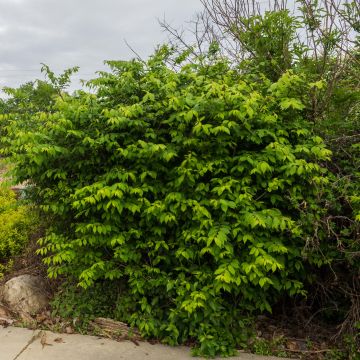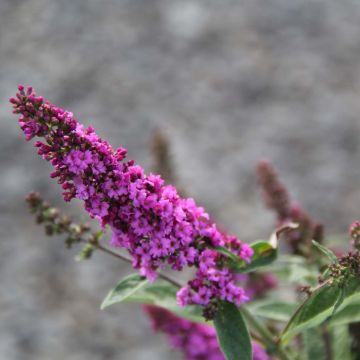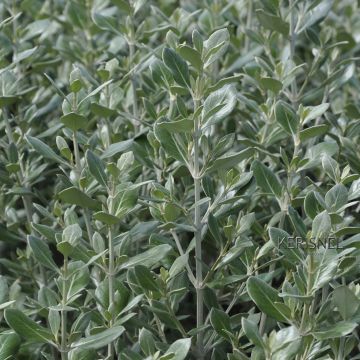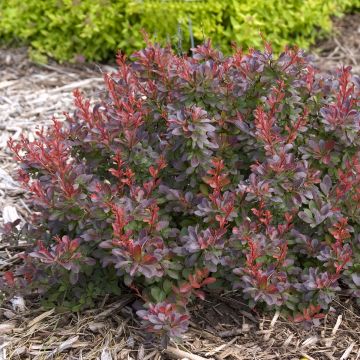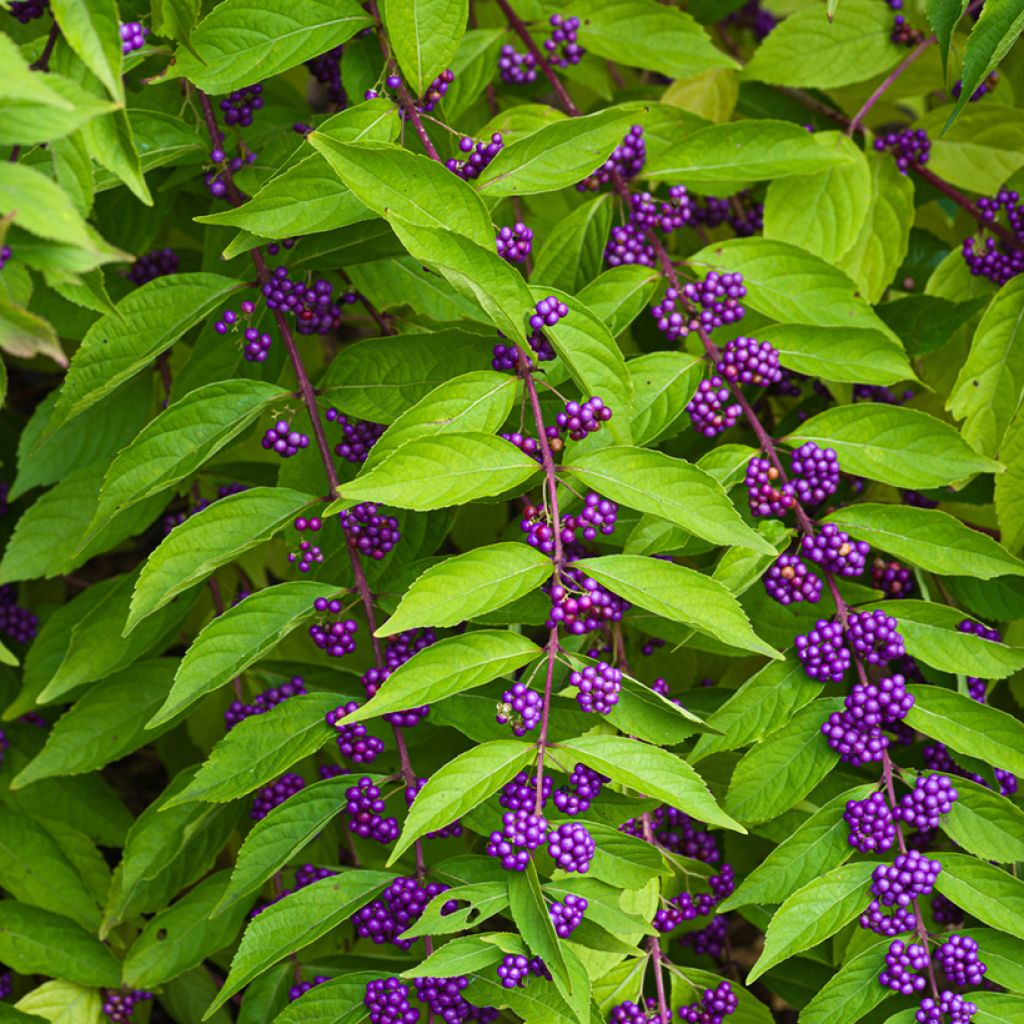

Callicarpa dichotoma
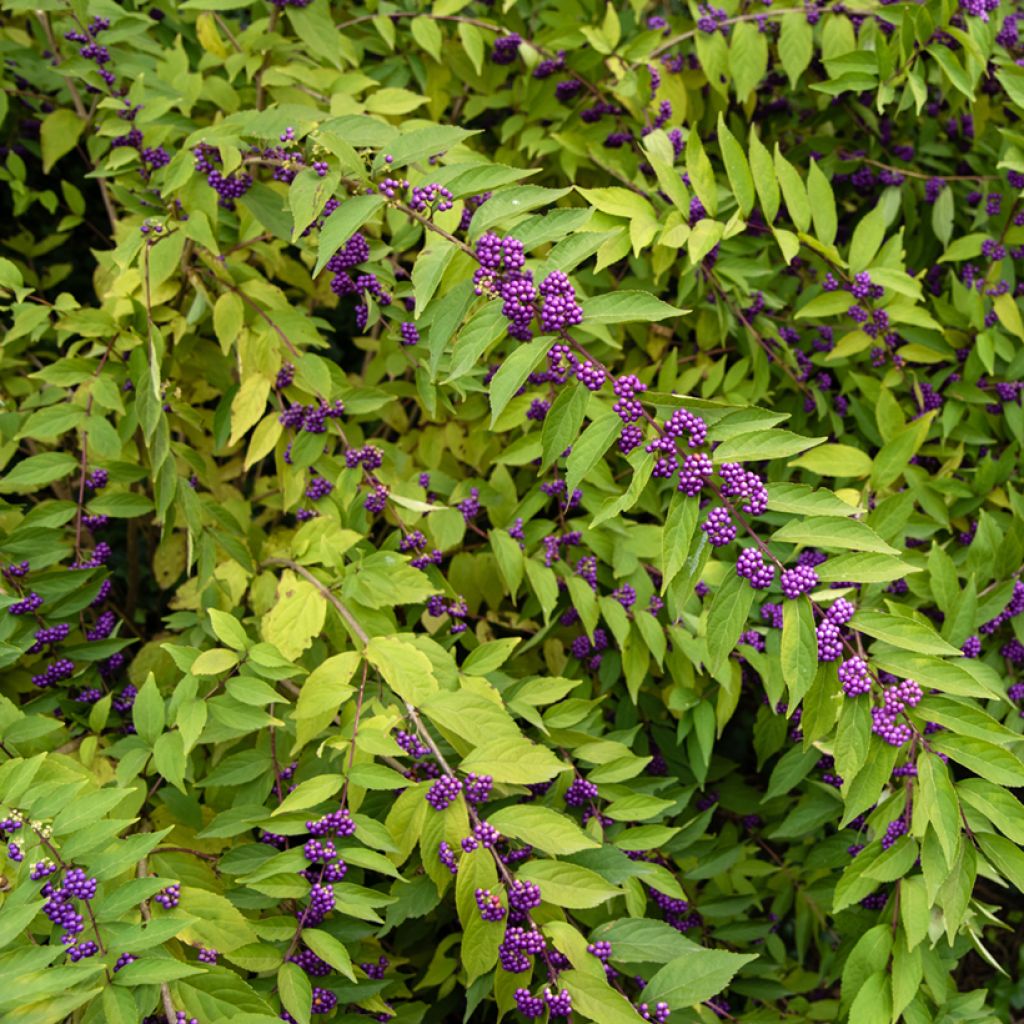

Callicarpa dichotoma


Callicarpa dichotoma
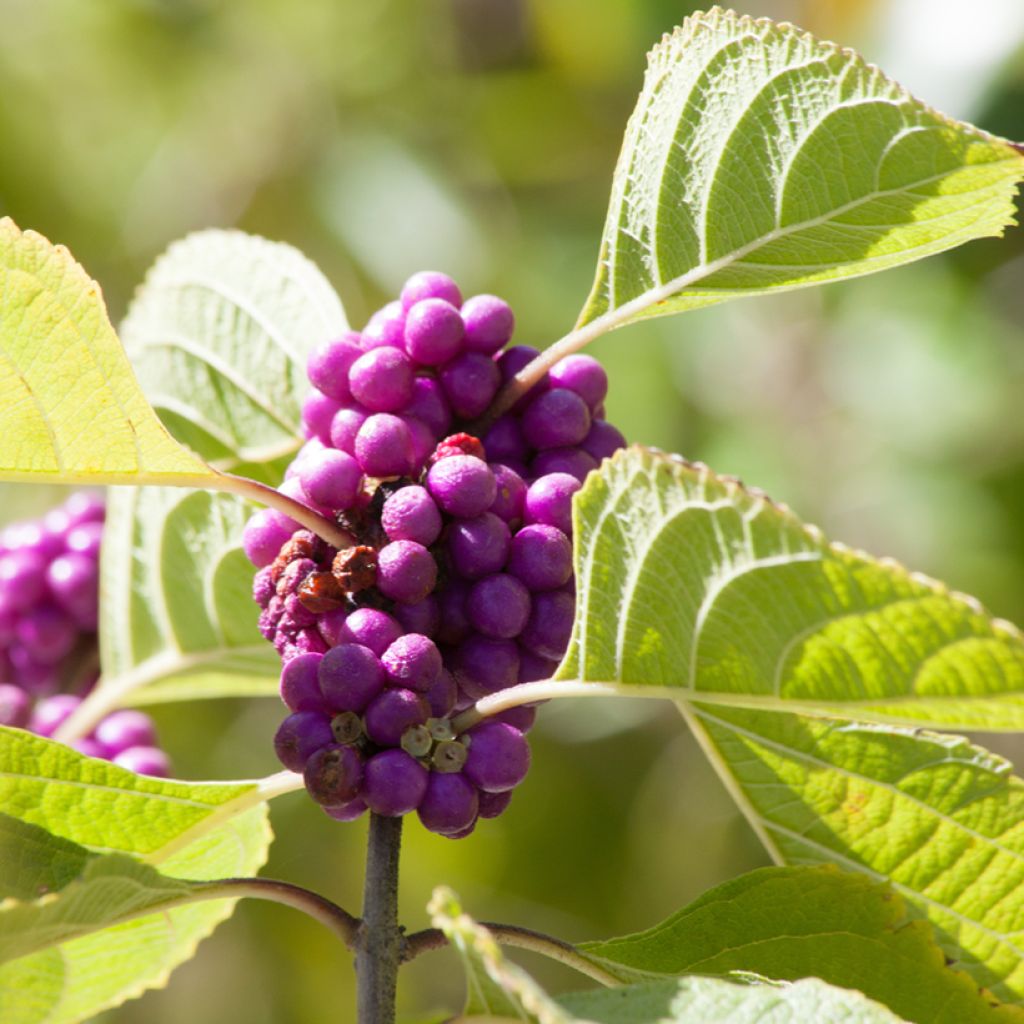

Callicarpa dichotoma
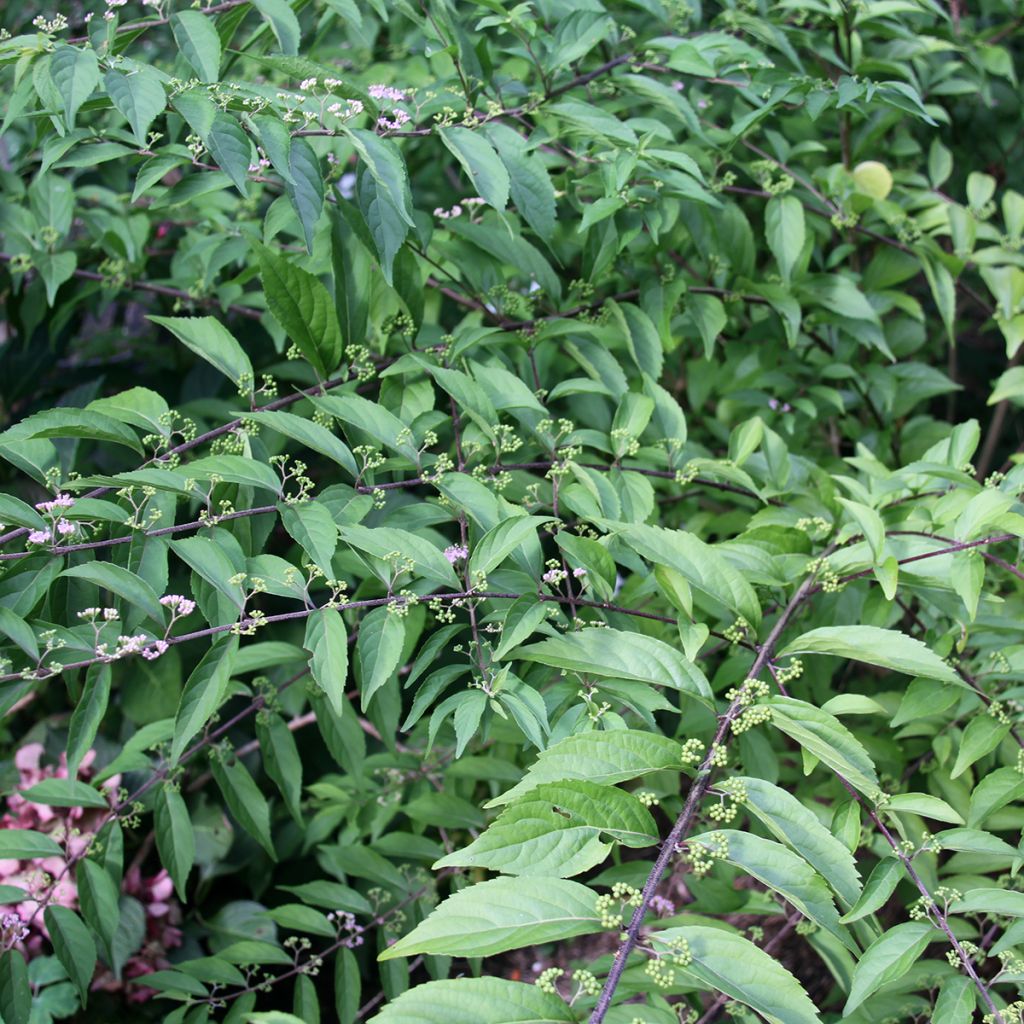

Callicarpa dichotoma
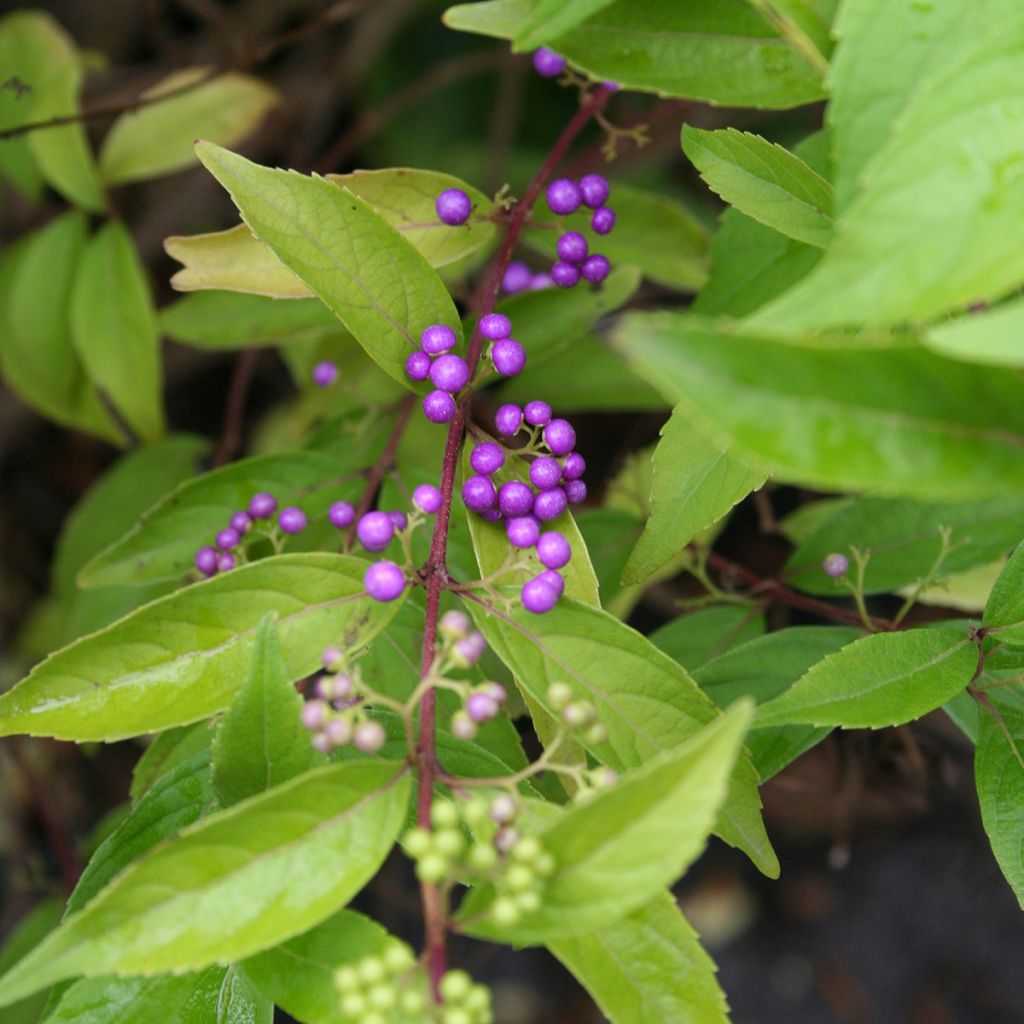

Callicarpa dichotoma
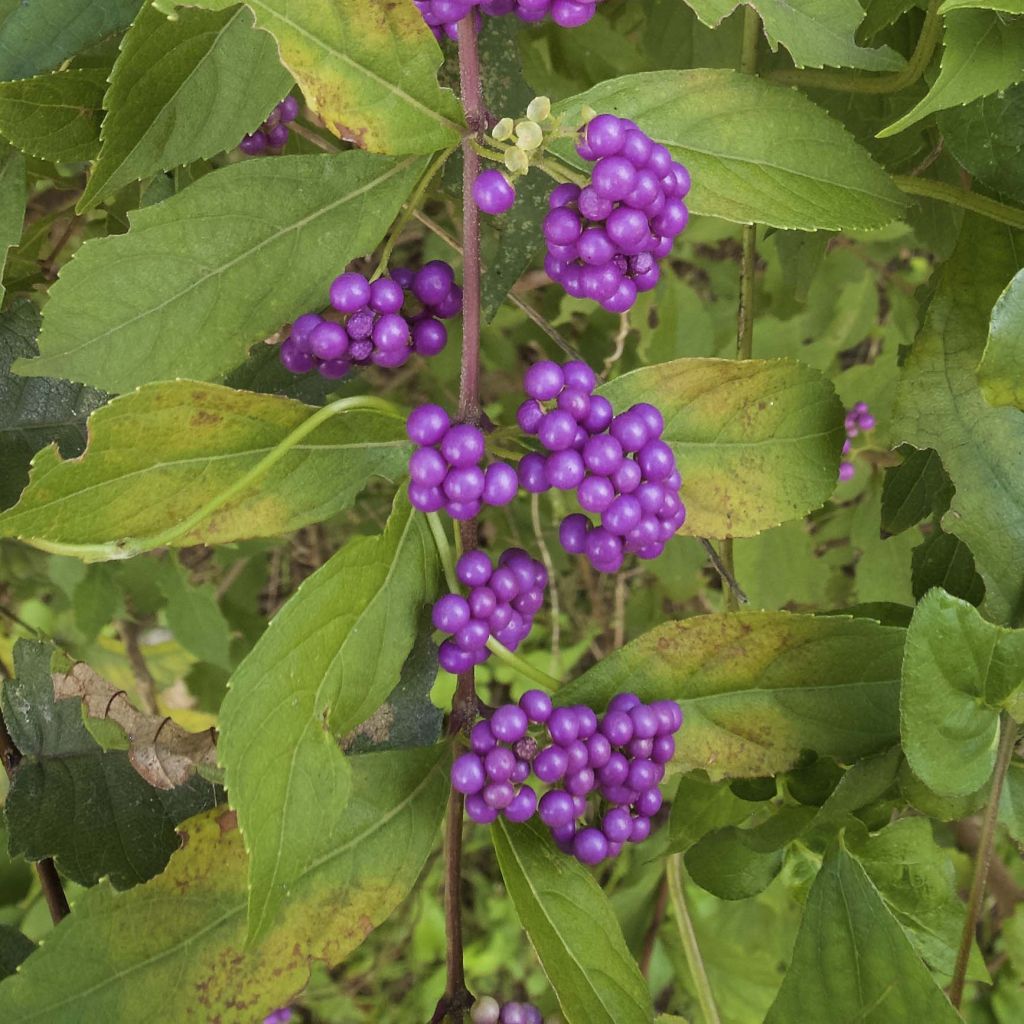

Callicarpa dichotoma
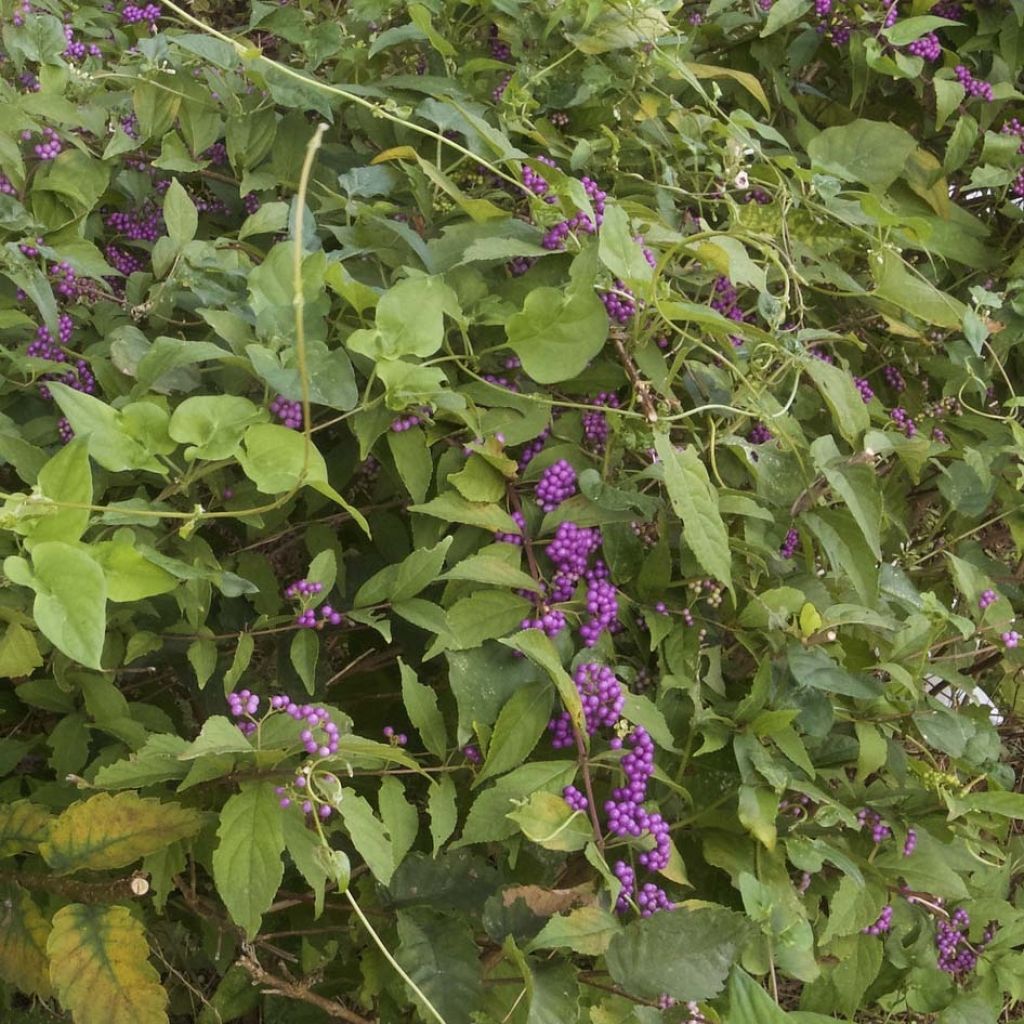

Callicarpa dichotoma
Callicarpa dichotoma
Callicarpa dichotoma
Purple Beautyberry, Early Amethyst
Hello, my callicarpa doesn't produce purple berries.
RAYMOND, 02/01/2021
Special offer!
Receive a €20 voucher for any order over €90 (excluding delivery costs, credit notes, and plastic-free options)!
1- Add your favorite plants to your cart.
2- Once you have reached €90, confirm your order (you can even choose the delivery date!).
3- As soon as your order is shipped, you will receive an email containing your voucher code, valid for 3 months (90 days).
Your voucher is unique and can only be used once, for any order with a minimum value of €20, excluding delivery costs.
Can be combined with other current offers, non-divisible and non-refundable.
Why not try an alternative variety in stock?
View all →This plant carries a 24 months recovery warranty
More information
We guarantee the quality of our plants for a full growing cycle, and will replace at our expense any plant that fails to recover under normal climatic and planting conditions.
Would this plant suit my garden?
Set up your Plantfit profile →
Description
Callicarpa dichotoma is a plant species native to Asia, with small round berries clustered together in colourful groups. It is commonly known as the candy tree or bush. This plant is perfect for small spaces and is easy to grow. The fruit of this plant is a beautiful violet with metallic reflections and can be seen on the bare branches from autumn to winter, sometimes even until December. It can be planted in any ordinary soil, even limestone, provided summer is not too dry.
The Callicarpa dichotoma is native to Chinese mid-mountain forests, it is hardy to around -12°C (10.4 °F) and not demanding in terms of soil. This deciduous bush is traditionally classified in the Verbena family, but is now transferred to the Lamiaceae family, where you find sage and mint. A small dense and bushy shrub, it has an elegant habit supported by long branches that gracefully bend. Often wider than tall at maturity, this callicarpa does not exceed 1.50 m (4 ft 11 in) in height when mature. It produces, in June-July, on the current year's branches, clustered in clusters at the nodes, numerous small pale pink flowers with yellow stamens. This flowering, visited by pollinating insects, is followed in September-October by the formation of numerous berries, 3.5 to 4 mm in diameter, of a brilliant violet, grouped in clusters along the stems. They often remain until the heart of winter. The deciduous foliage is composed of large entire, ovate-elliptical, veined leaves, more purplish green at the end of summer when the fruits form, then turning pale yellow in autumn before falling.
To enjoy the beautiful violet berries of the callicarpa in autumn, it's best to plant them in a prominent spot. These berries are a cheerful sight during the gloomy early winter days. For better pollination and fruit formation, it's recommended to plant callicarpa in groups of three. This accommodating shrub requires little maintenance and can be nicely complemented by a Carpet of Basket-of-Gold. Its autumn foliage can be paired with that of Lysimachia clethroides or golden hostas ('Daybreak', 'On Stage'). Other shrubs with decorative berries, such as symphorines, a small strawberry tree 'Compacta', mahonia, holly and Cotoneaster franchetii, can be grown alongside it.
Callicarpa dichotoma in pictures


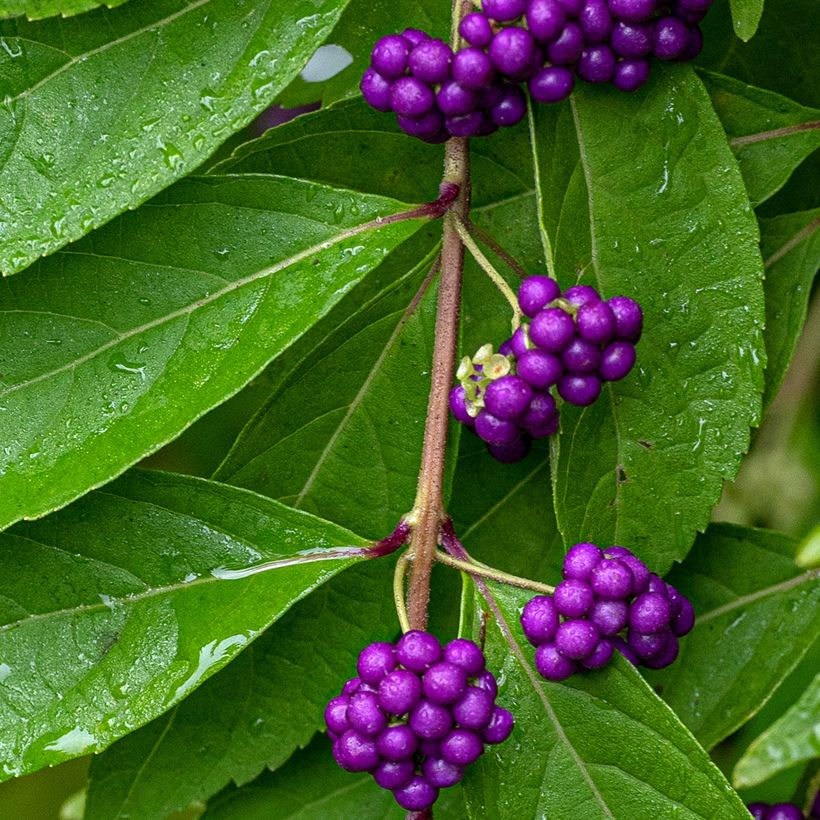

Plant habit
Flowering
Foliage
Botanical data
Callicarpa
dichotoma
Verbenaceae
Purple Beautyberry, Early Amethyst
China
Other Callicarpa
View all →Planting and care
The Callicarpa dichotoma is an easy-to-grow bush in ordinary, well-prepared soil, even slightly calcareous, but deep and remaining moist. It is hardy up to about -12°C (10.4 °F). Plant it in a sunny or semi-shaded location. Once mature, it withstands our normal winters, but it is preferable to protect it with mulch in the first few years. Prune any branches that have been frozen, they will regrow from the base. Plant in groups of three to allow for pollination and therefore fruiting. Prune this bush quite short at the end of winter, by shortening the branches by 2/3 of their length.
Planting period
Intended location
Care
Planting & care advice
-
, onOrder confirmed
Reply from on Promesse de fleurs
Similar products
Haven't found what you were looking for?
Hardiness is the lowest winter temperature a plant can endure without suffering serious damage or even dying. However, hardiness is affected by location (a sheltered area, such as a patio), protection (winter cover) and soil type (hardiness is improved by well-drained soil).

Photo Sharing Terms & Conditions
In order to encourage gardeners to interact and share their experiences, Promesse de fleurs offers various media enabling content to be uploaded onto its Site - in particular via the ‘Photo sharing’ module.
The User agrees to refrain from:
- Posting any content that is illegal, prejudicial, insulting, racist, inciteful to hatred, revisionist, contrary to public decency, that infringes on privacy or on the privacy rights of third parties, in particular the publicity rights of persons and goods, intellectual property rights, or the right to privacy.
- Submitting content on behalf of a third party;
- Impersonate the identity of a third party and/or publish any personal information about a third party;
In general, the User undertakes to refrain from any unethical behaviour.
All Content (in particular text, comments, files, images, photos, videos, creative works, etc.), which may be subject to property or intellectual property rights, image or other private rights, shall remain the property of the User, subject to the limited rights granted by the terms of the licence granted by Promesse de fleurs as stated below. Users are at liberty to publish or not to publish such Content on the Site, notably via the ‘Photo Sharing’ facility, and accept that this Content shall be made public and freely accessible, notably on the Internet.
Users further acknowledge, undertake to have ,and guarantee that they hold all necessary rights and permissions to publish such material on the Site, in particular with regard to the legislation in force pertaining to any privacy, property, intellectual property, image, or contractual rights, or rights of any other nature. By publishing such Content on the Site, Users acknowledge accepting full liability as publishers of the Content within the meaning of the law, and grant Promesse de fleurs, free of charge, an inclusive, worldwide licence for the said Content for the entire duration of its publication, including all reproduction, representation, up/downloading, displaying, performing, transmission, and storage rights.
Users also grant permission for their name to be linked to the Content and accept that this link may not always be made available.
By engaging in posting material, Users consent to their Content becoming automatically accessible on the Internet, in particular on other sites and/or blogs and/or web pages of the Promesse de fleurs site, including in particular social pages and the Promesse de fleurs catalogue.
Users may secure the removal of entrusted content free of charge by issuing a simple request via our contact form.
The flowering period indicated on our website applies to countries and regions located in USDA zone 8 (France, the United Kingdom, Ireland, the Netherlands, etc.)
It will vary according to where you live:
- In zones 9 to 10 (Italy, Spain, Greece, etc.), flowering will occur about 2 to 4 weeks earlier.
- In zones 6 to 7 (Germany, Poland, Slovenia, and lower mountainous regions), flowering will be delayed by 2 to 3 weeks.
- In zone 5 (Central Europe, Scandinavia), blooming will be delayed by 3 to 5 weeks.
In temperate climates, pruning of spring-flowering shrubs (forsythia, spireas, etc.) should be done just after flowering.
Pruning of summer-flowering shrubs (Indian Lilac, Perovskia, etc.) can be done in winter or spring.
In cold regions as well as with frost-sensitive plants, avoid pruning too early when severe frosts may still occur.
The planting period indicated on our website applies to countries and regions located in USDA zone 8 (France, United Kingdom, Ireland, Netherlands).
It will vary according to where you live:
- In Mediterranean zones (Marseille, Madrid, Milan, etc.), autumn and winter are the best planting periods.
- In continental zones (Strasbourg, Munich, Vienna, etc.), delay planting by 2 to 3 weeks in spring and bring it forward by 2 to 4 weeks in autumn.
- In mountainous regions (the Alps, Pyrenees, Carpathians, etc.), it is best to plant in late spring (May-June) or late summer (August-September).
The harvesting period indicated on our website applies to countries and regions in USDA zone 8 (France, England, Ireland, the Netherlands).
In colder areas (Scandinavia, Poland, Austria...) fruit and vegetable harvests are likely to be delayed by 3-4 weeks.
In warmer areas (Italy, Spain, Greece, etc.), harvesting will probably take place earlier, depending on weather conditions.
The sowing periods indicated on our website apply to countries and regions within USDA Zone 8 (France, UK, Ireland, Netherlands).
In colder areas (Scandinavia, Poland, Austria...), delay any outdoor sowing by 3-4 weeks, or sow under glass.
In warmer climes (Italy, Spain, Greece, etc.), bring outdoor sowing forward by a few weeks.































